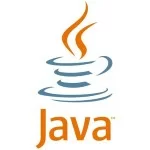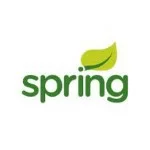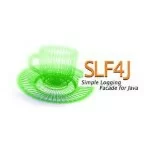Spring Boot 3.0 vs. Quarkus: Who Leads the Race in Serverless Java Development?
In the evolving landscape of serverless and cloud-native development, frameworks like Spring Boot and Quarkus have positioned themselves as key players. With Spring Boot 3.0 bringing significant updates and Quarkus designed for Java in modern cloud environments, the question arises: which framework better suits serverless applications?
1. Spring Boot 3.0: Cloud-Native Evolution
Key Features
Spring Boot 3.0 introduces native support for GraalVM to enable faster startup times and lower memory footprints—critical for serverless use cases. It’s also aligned with Jakarta EE 10, providing modern APIs for cloud-native apps.
Advantages for Serverless
- Broad Ecosystem: Spring Boot integrates seamlessly with Spring Cloud for building microservices in cloud environments.
- Ease of Use: Well-documented, with extensive tools for building and deploying applications on platforms like AWS Lambda or Azure Functions.
- Mature Community: A vast ecosystem ensures support for legacy and modern enterprise applications.
Example:
A retail company could use Spring Boot 3.0 to build a serverless order-processing system on AWS Lambda. With GraalVM, the application achieves quick cold-start times, ensuring efficient scaling during peak sales periods.
Limitations
- Despite improvements, Spring Boot’s memory consumption is higher compared to frameworks optimized specifically for serverless.
- Cold starts, while improved, are still slower than Quarkus for some workloads.
2. Quarkus: Java for the Cloud
Key Features
Quarkus is designed for Kubernetes and serverless environments from the ground up. It supports build-time optimizations and native executables with GraalVM, delivering lightning-fast startup times and minimal resource usage.
Advantages for Serverless
- Optimized for GraalVM: Native compilation reduces memory usage and startup latency significantly.
- Reactive Programming: Built-in support for reactive paradigms with frameworks like Vert.x enhances performance in event-driven architectures.
- Kubernetes-Native: Quarkus integrates seamlessly with Kubernetes, making it ideal for containerized, serverless deployments.
Example:
A fintech startup might use Quarkus to build a serverless fraud detection service. The framework’s low latency and efficient memory usage ensure fast responses to suspicious transactions in real-time.
Limitations
- Smaller community compared to Spring Boot, which might be a concern for teams needing extensive support.
- A steeper learning curve for developers transitioning from traditional Java frameworks.
3. Performance Comparison
| Aspect | Spring Boot 3.0 | Quarkus |
|---|---|---|
| Startup Time | Improved with GraalVM | Significantly faster with native builds |
| Memory Footprint | Moderate | Lower due to build-time optimizations |
| Integration | Rich Spring ecosystem | Strong Kubernetes-native focus |
When to Choose Spring Boot 3.0
- Your team already uses the Spring ecosystem and wants to extend into serverless with minimal disruption.
- You’re building cloud-native applications with existing Jakarta EE APIs.
Example: Enterprise-grade systems requiring integration with traditional tools like Spring Security or Spring Data.
When to Choose Quarkus
- You need ultra-fast cold starts and minimal resource consumption for serverless functions.
- Your applications are heavily containerized and run on platforms like Kubernetes.
Example: Startups or event-driven architectures that demand real-time processing with high efficiency.
4. Conclusion
Both Spring Boot 3.0 and Quarkus offer compelling features for serverless and cloud-native development. While Spring Boot excels with its robust ecosystem and ease of integration, Quarkus leads in performance for serverless workloads. Your choice should depend on your project’s requirements, existing skill sets, and deployment strategy.





